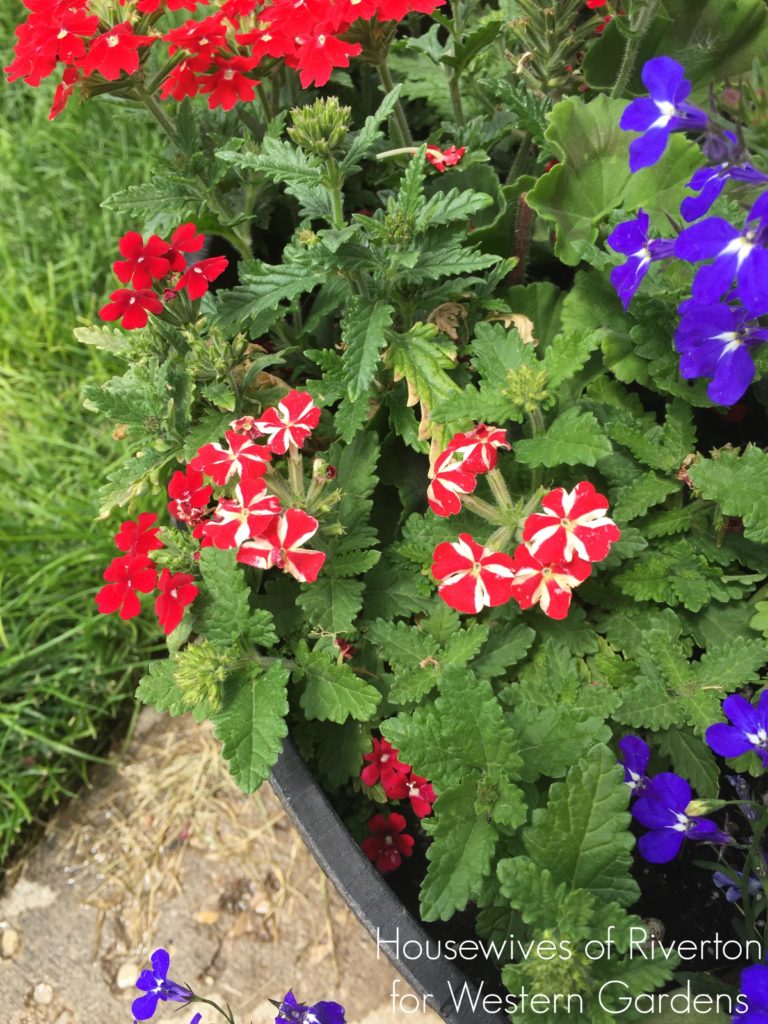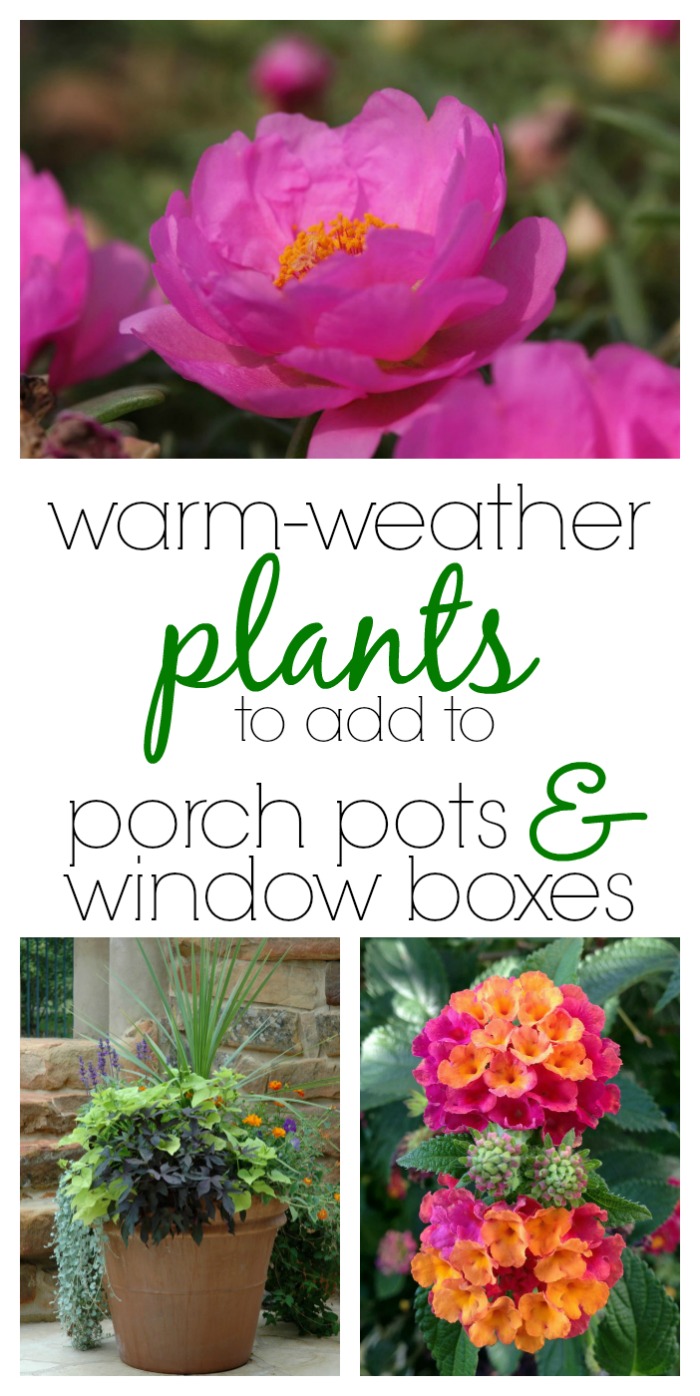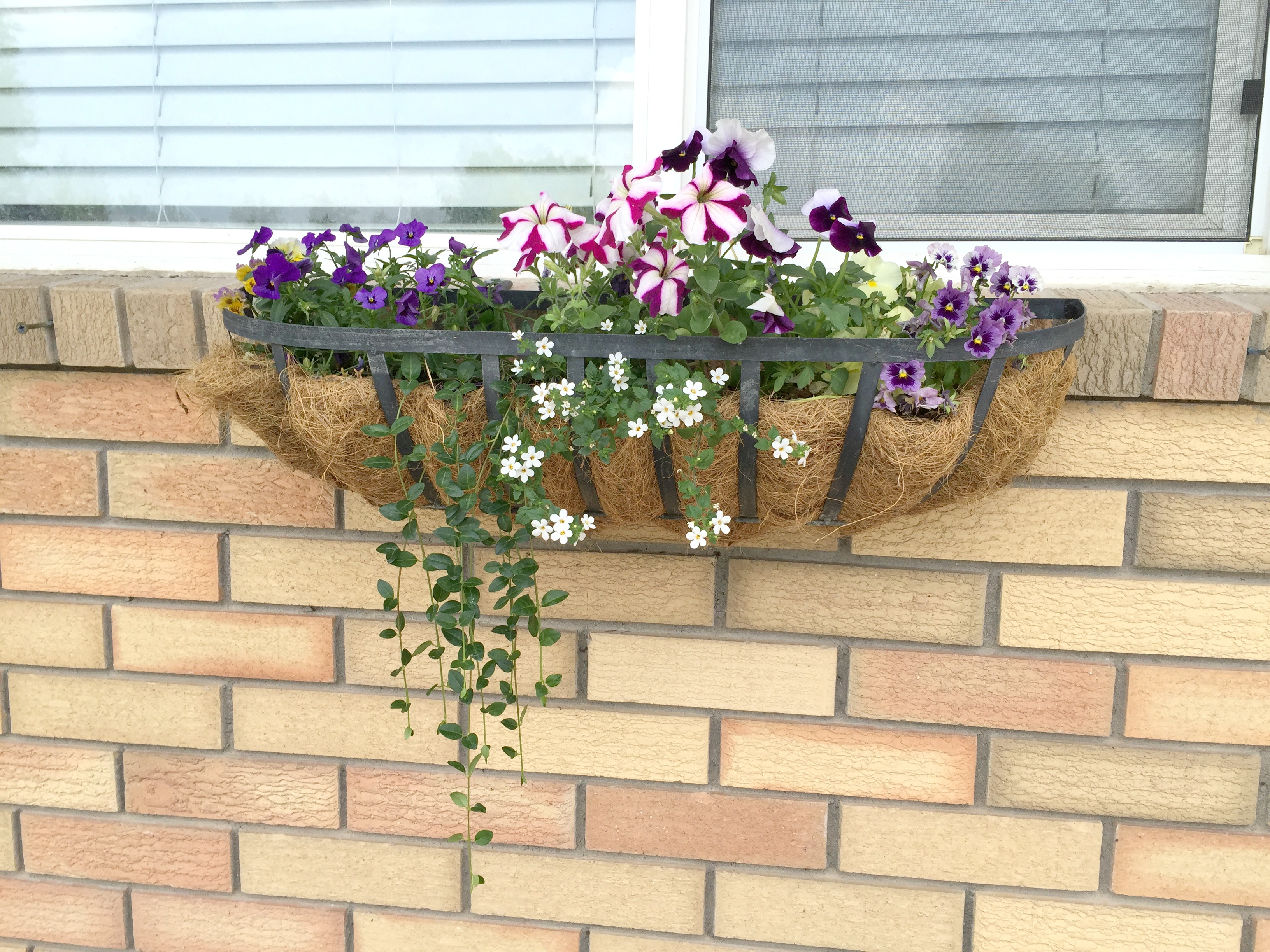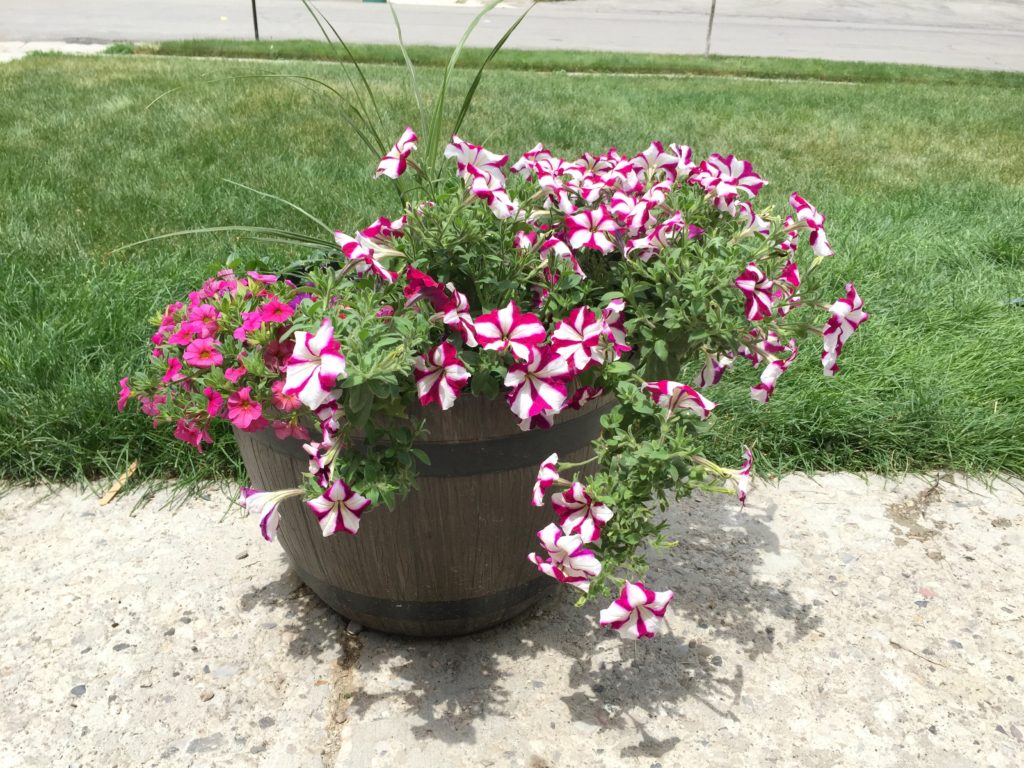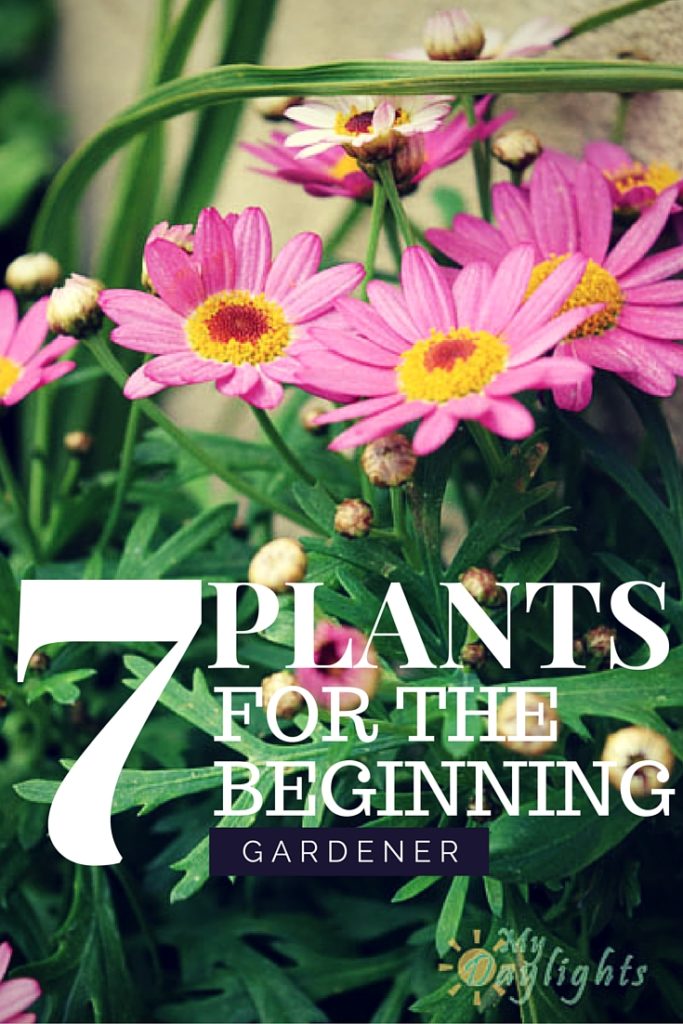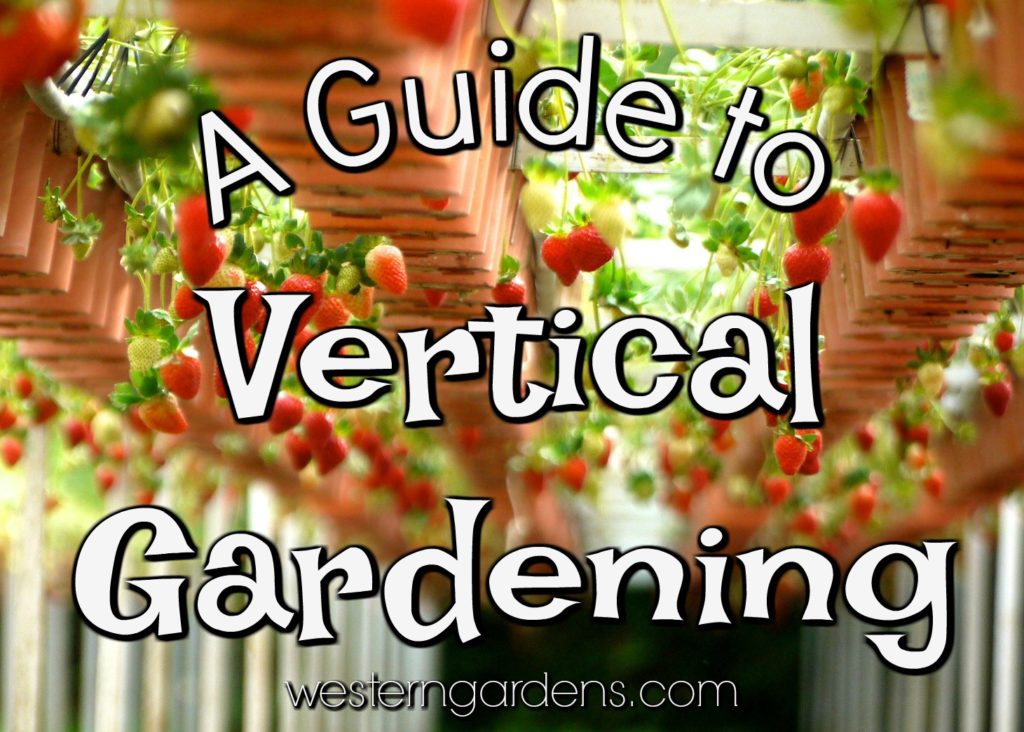
By Connie Pelton
The lack of a large space discourages many would-be gardeners. But if you can’t go out, perhaps you should consider going in a different direction: up.
Vertical gardening is a highly efficient way to make the most of a small area. Vertical gardeners enjoy higher yields per square foot than their traditional counterparts. They also have an easier time with pest control and harvesting. Whether you dream of bountiful blooms or tangy tomatoes fresh off the vine, you can make a vertical garden work. Here is a guide to vertical gardening to get you started.
Location and Orientation
Plants, like people, are particular about where they like to live. Some love full sun, and others want a smattering of shade. If you follow the rules, you’ll have a successful vertical garden. Most vegetables and herbs thrive in as much sun as possible; morning sun is essential. If you have a south-facing wall, fence, or railing, this is your spot.
Planting Systems
You have numerous vertical gardening systems to choose from.
- Pocket systems hang on walls.
- Modular systems stack atop one another.
- Pallets are made with upcycled materials, with one side covered in fabric or plywood, then leaned against a fence or wall and filled with soil.
- Ladder-like shelves hold potted plants leaning against a wall.
- Hanging baskets are linked together in a chain.
- Rain gutters let you plant strawberries in them and hang on a fence.
- Trellises can be shaped like a teepee or A-frame and arranged over a soil-filled bed.
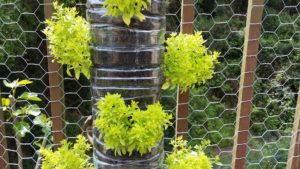
Photo by Luisgopa at Pixabay
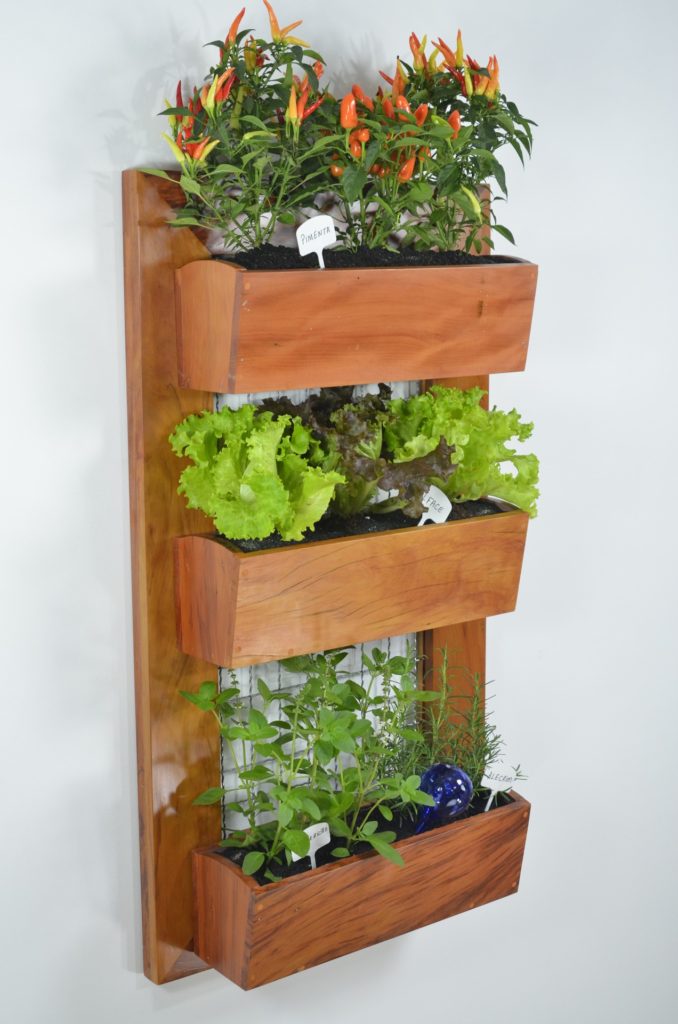
Photo by Dieneves at Pixabay
Feeling overwhelmed? No worries! See some tips for early spring gardening here.
Layering and Light
Because vertical gardening involves trellises and tiers, be mindful of plants that will cast shade on one another. You can underplant vining veggies such as tomatoes and squash with herbs such as mint, chives, tarragon, cilantro or parsley, which can handle a bit of shade. Try to plant varieties that are close to the same height and grow at the same rate to avoid crowding and shading. Sweet corn has such a solid stalk structure that you can use it to support climbers like beans. “Companion planting” is actually an ancient crop tradition.
Caring for a Vertical Garden
Vertical gardens have some special needs. If you have trellises, you’ll want to keep a close eye on your climbers and do a bit of training to make sure vines stay where you want them. If you’re using containers or a raised bed, check the soil moisture often to make sure your plants don’t get dehydrated. You’ll also want to add a heavy layer of mulch – 2-4 inches– over the soil surface of raised beds. This helps the garden retain water during the hottest months of summer.
It’s easy to spot pest problems since many of your plants’ leaves will be exposed and closer to eye-level. Using organic pest control will ensure that your harvests are free of chemicals. If you see signs of aphids or other pests, you should treat them immediately. Hand-picking is your first line of defense against large pests such as caterpillars and beetles. For smaller insects, your approach may vary. Biological pest control is an organic, ecologically friendly way to combat garden pests on your lawn or in your garden. By attracting or placing predator insects (praying mantids, ladybugs, lacewings) into the garden, you can let nature take care of your pest problems.
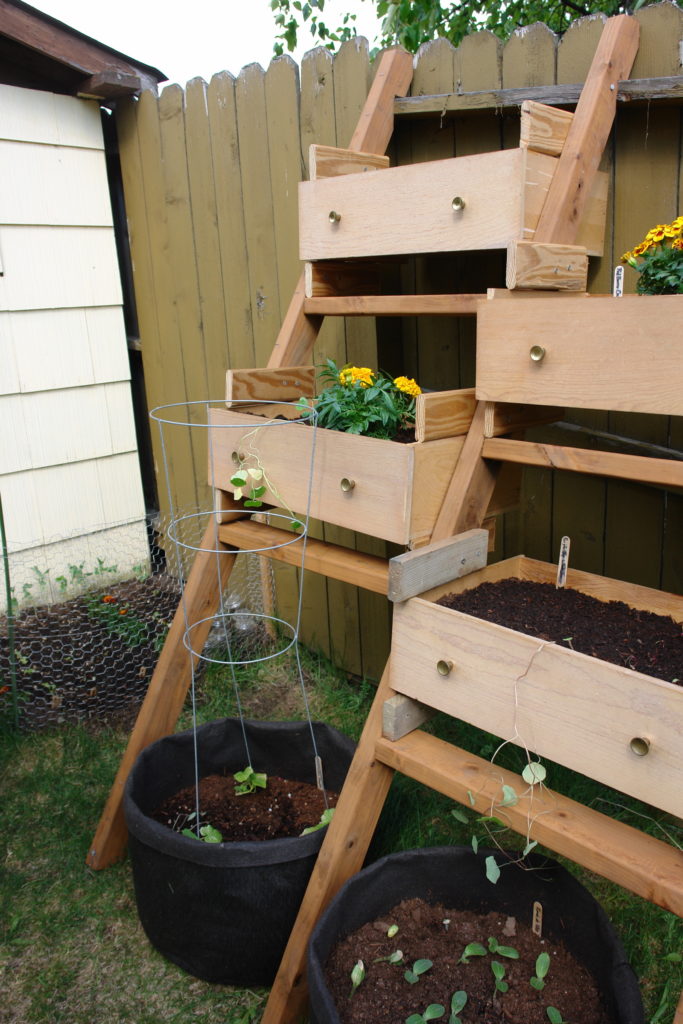
Source
Harvesting
Whether you use a tiered or trellised system, most vertical gardeners enjoy the relative ease of vertical harvesting. Rather than having to bend or crouch, you can harvest from a vertical garden while standing upright. This makes it a preferable option for the mobility-impaired or elderly gardeners.
Whether you’re a seasoned gardener or just developing your green thumb, vertical gardening is a beautiful way to take your gardening to the next level. Onward and upward!
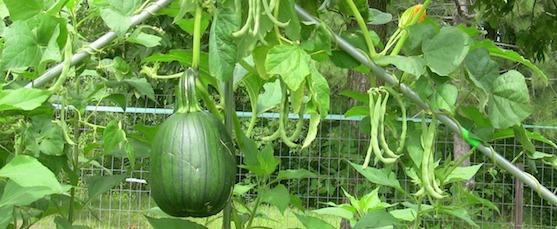
About the author: Connie Pelton is a retired teacher who spends most weekends gardening with her grandchildren. Together, they built and planted an indoor vertical garden wall taller than both of them.
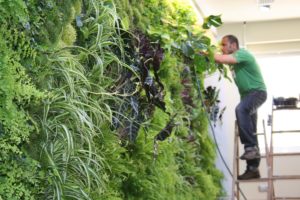
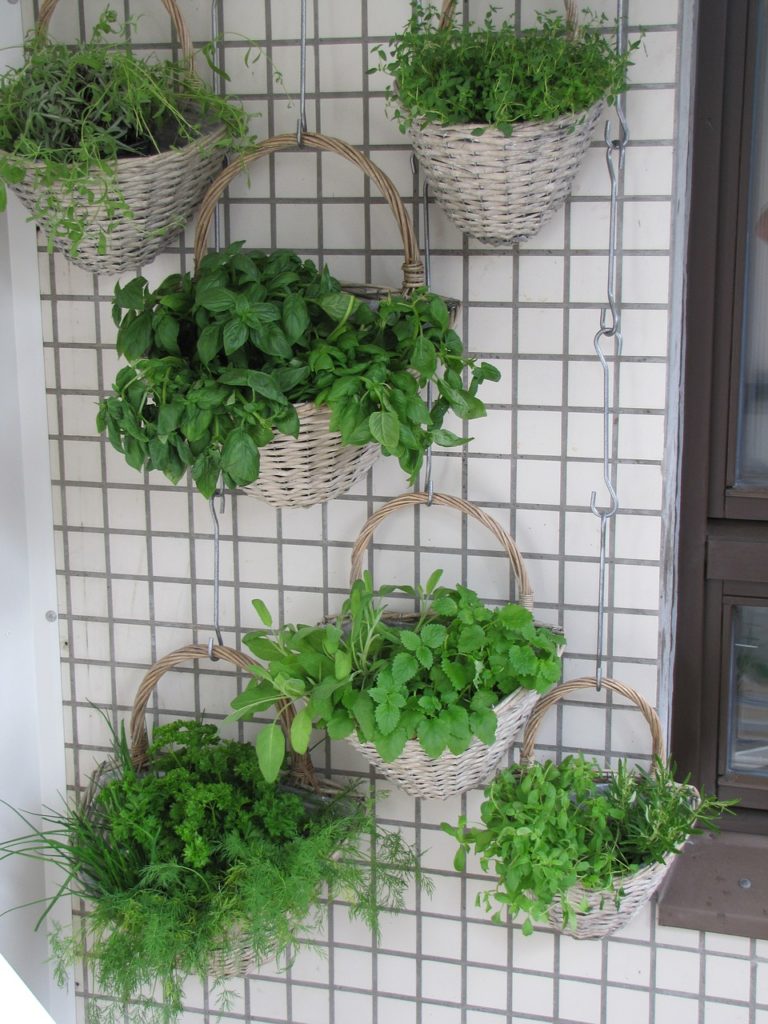
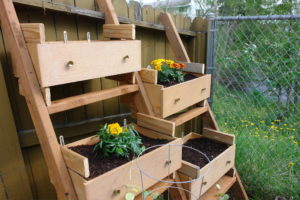
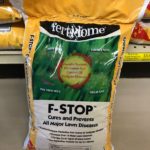

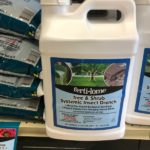
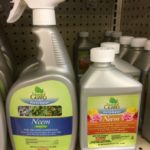
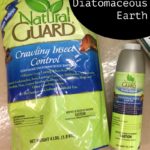
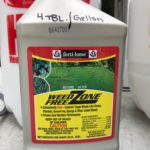
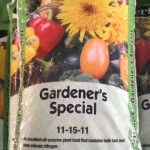



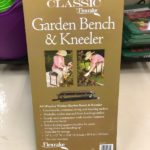
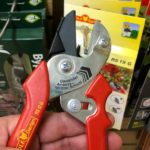
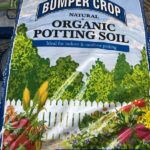


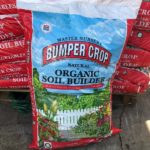
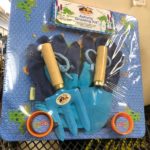
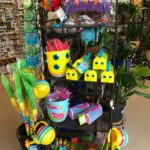

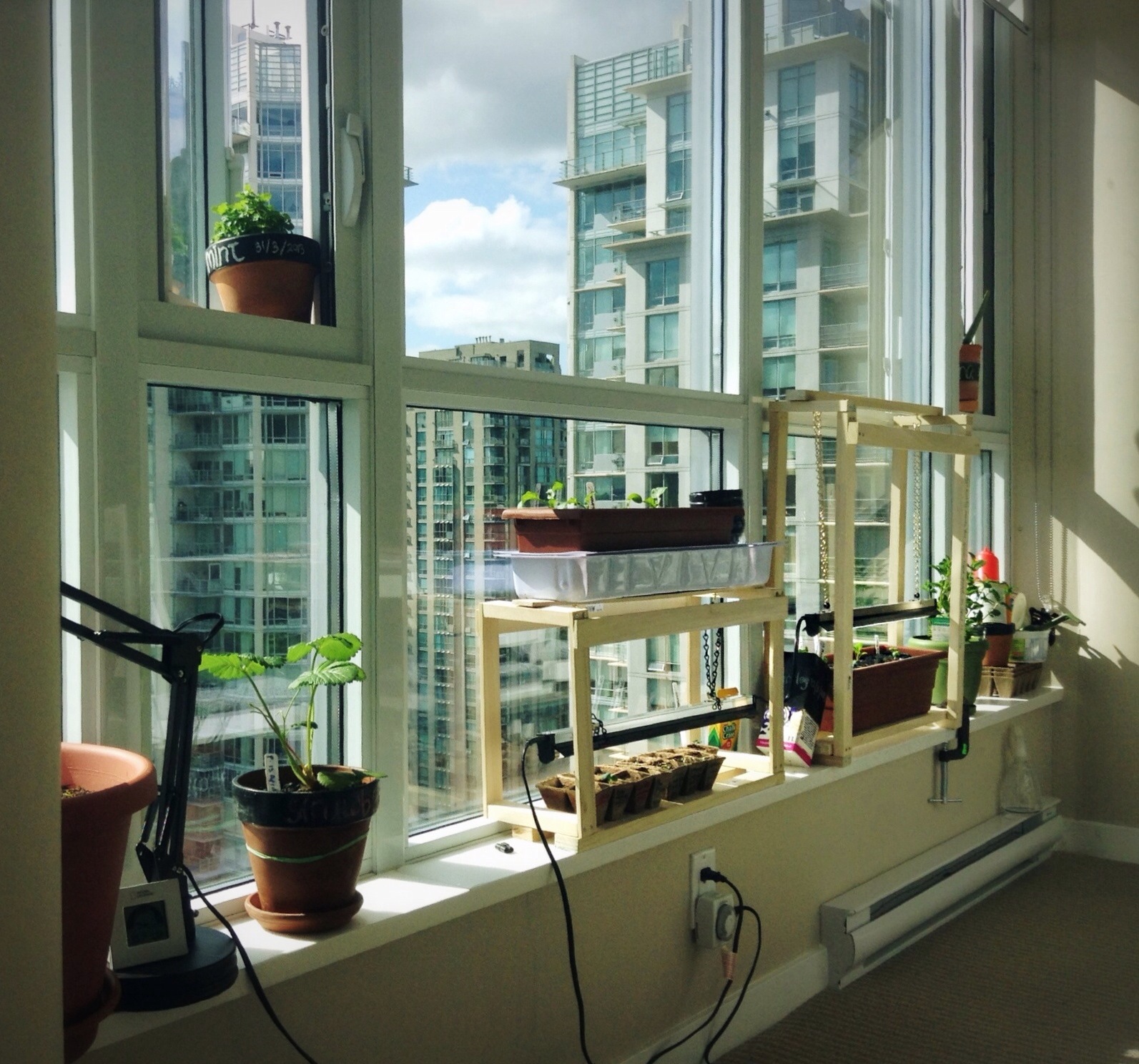
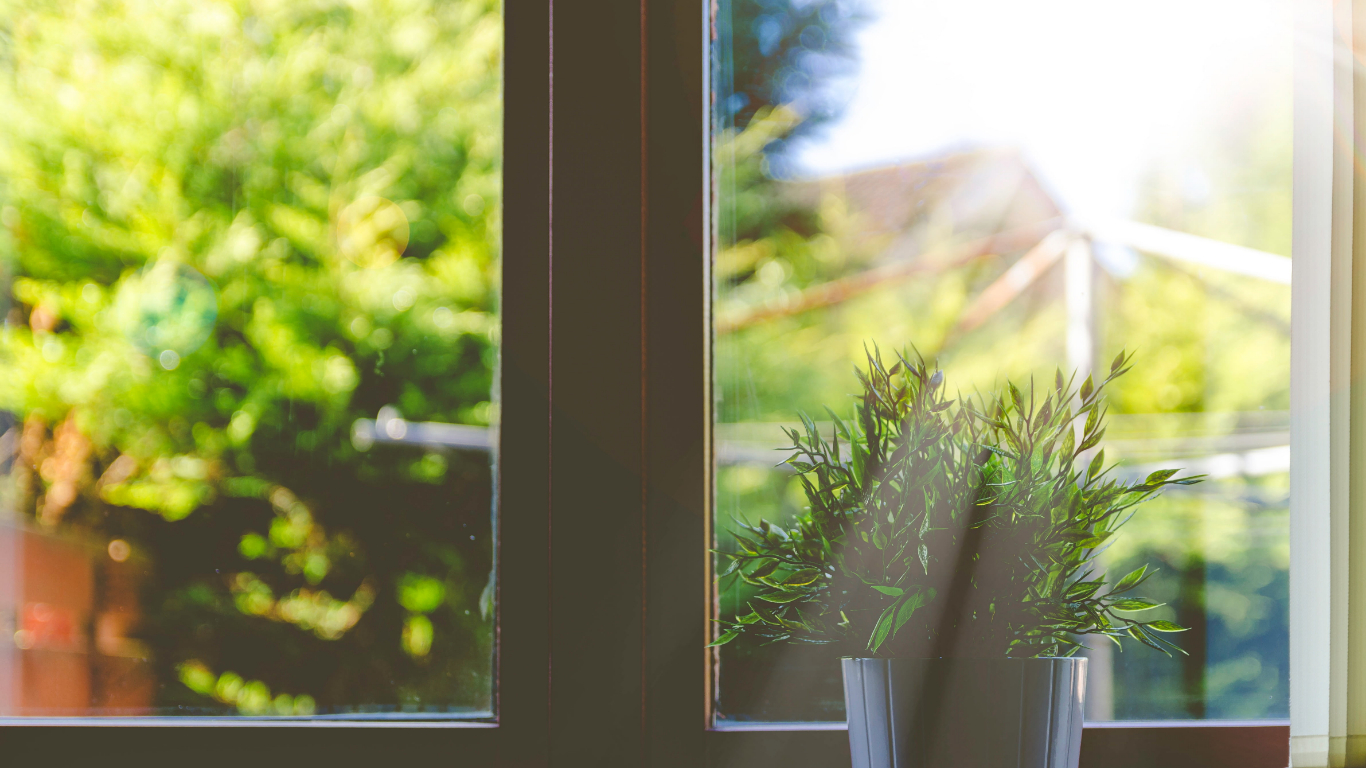
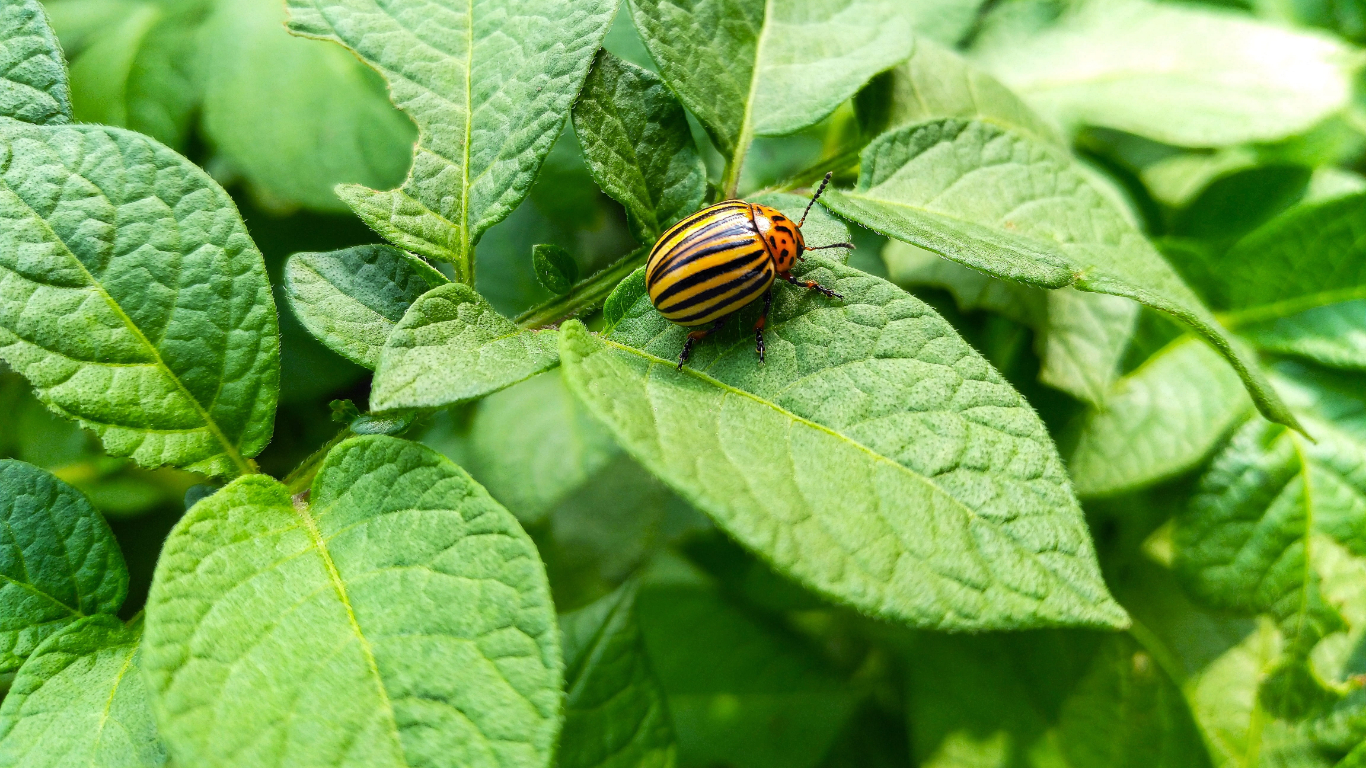
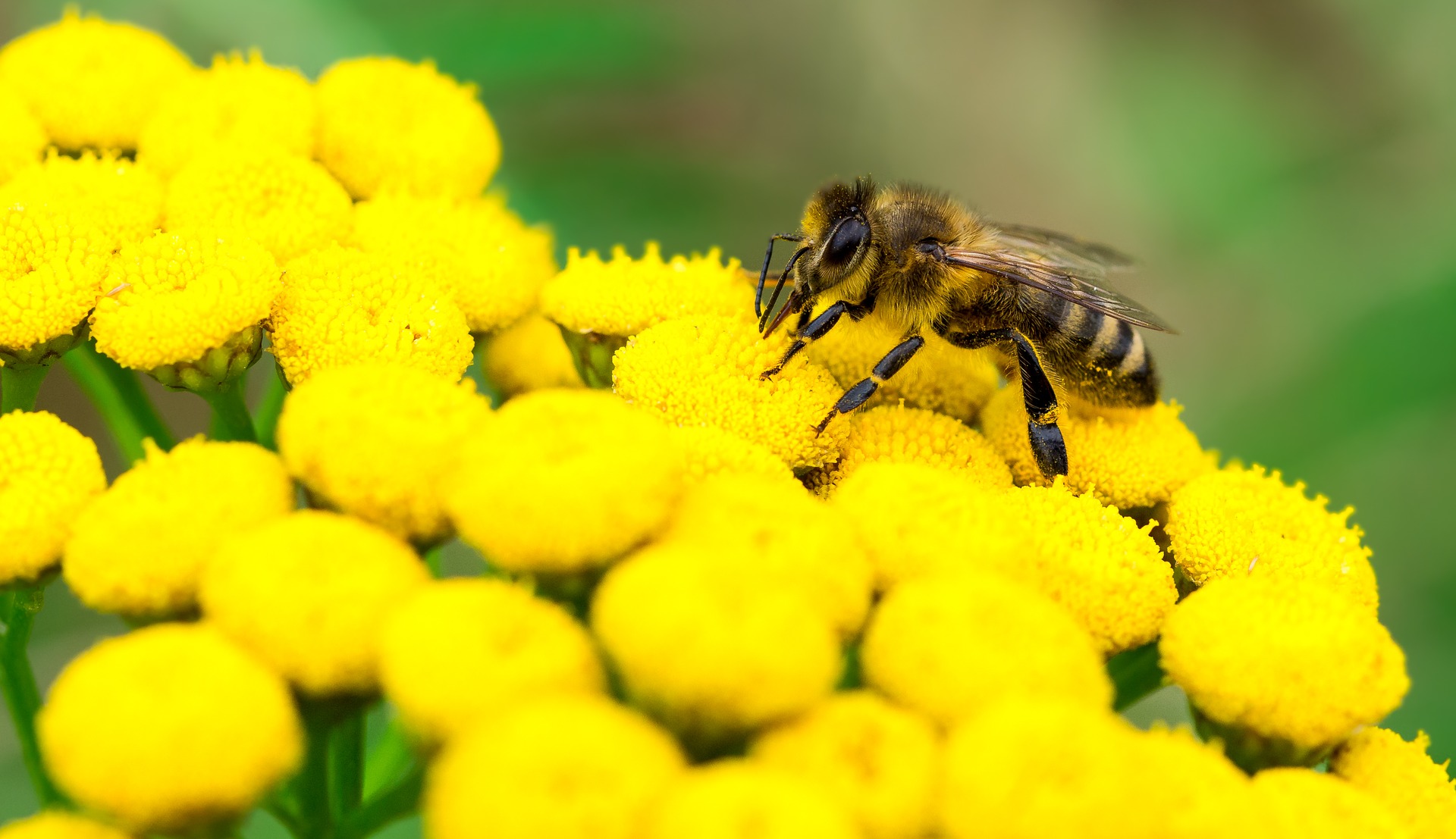

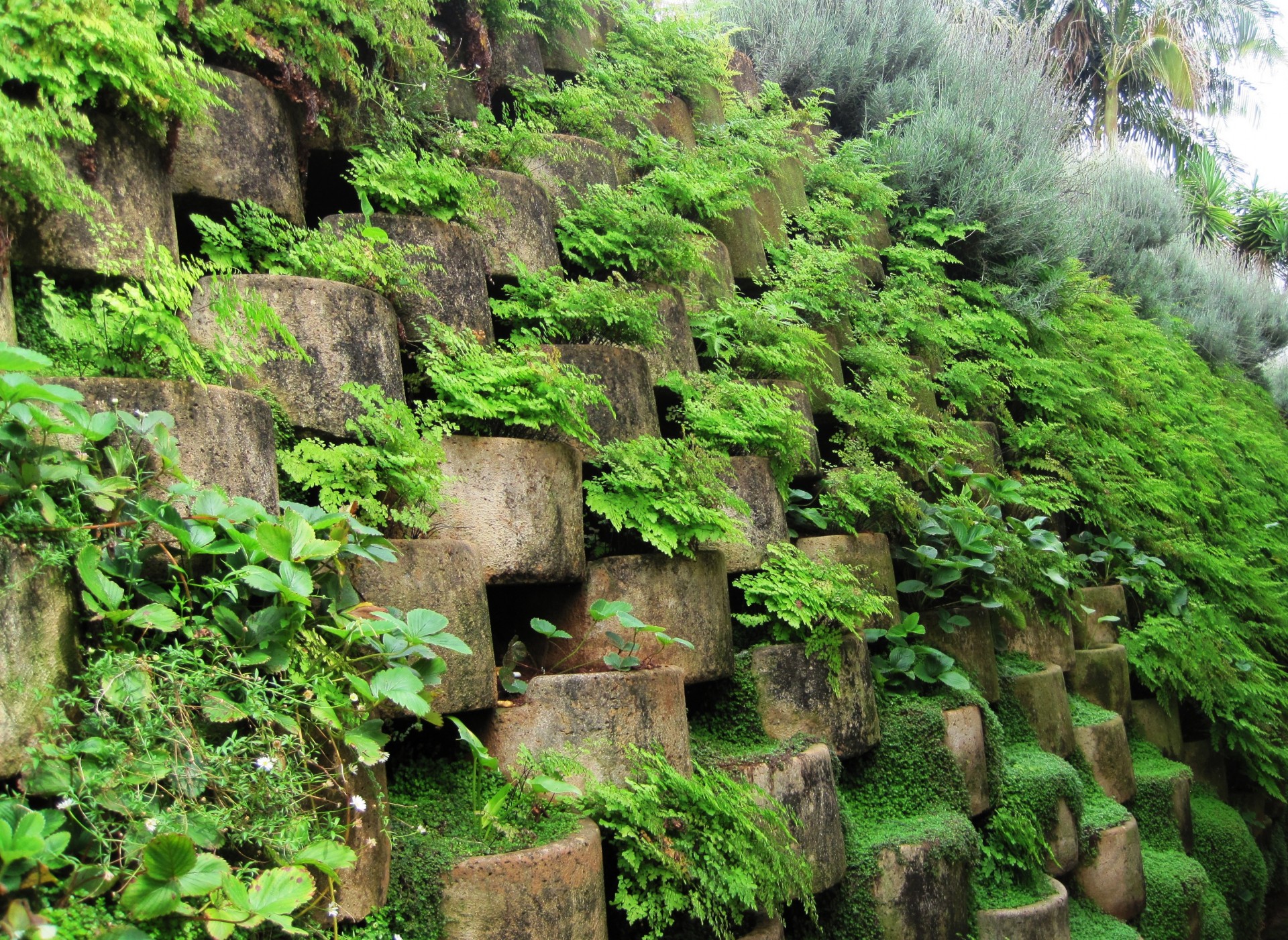
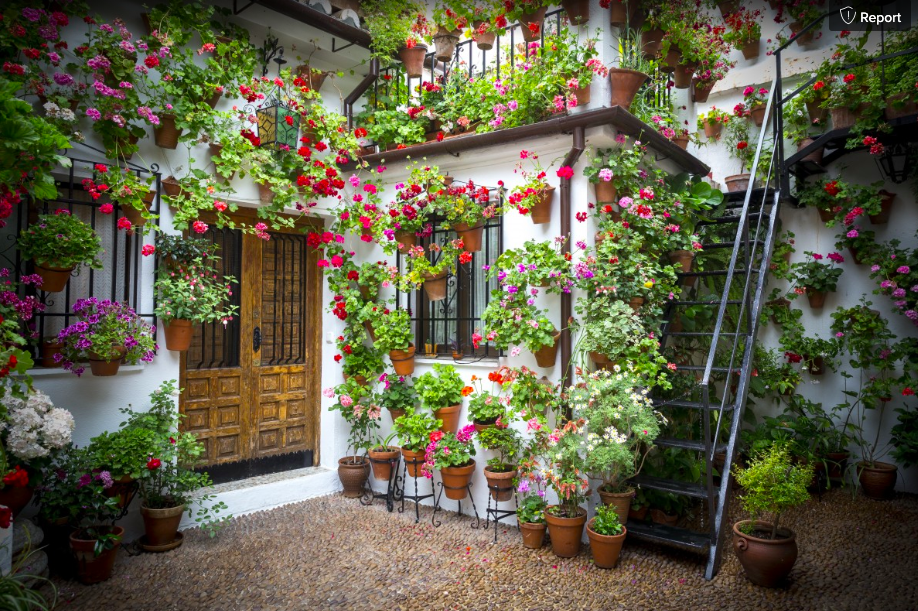
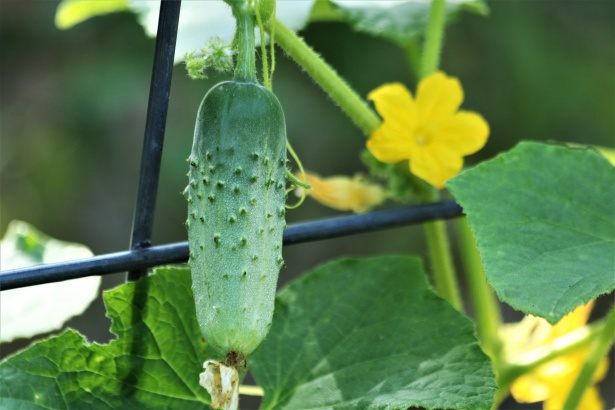
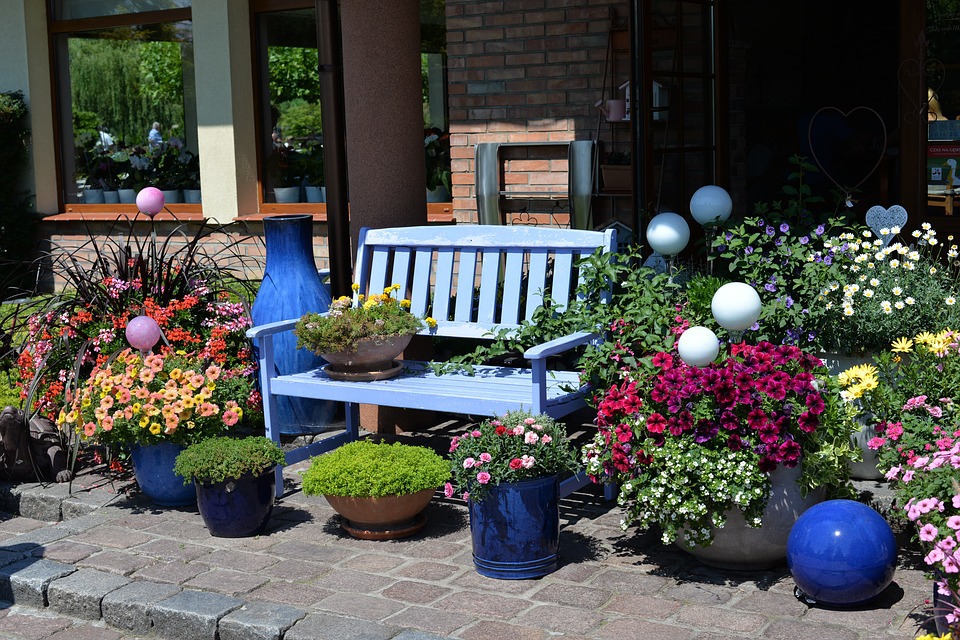
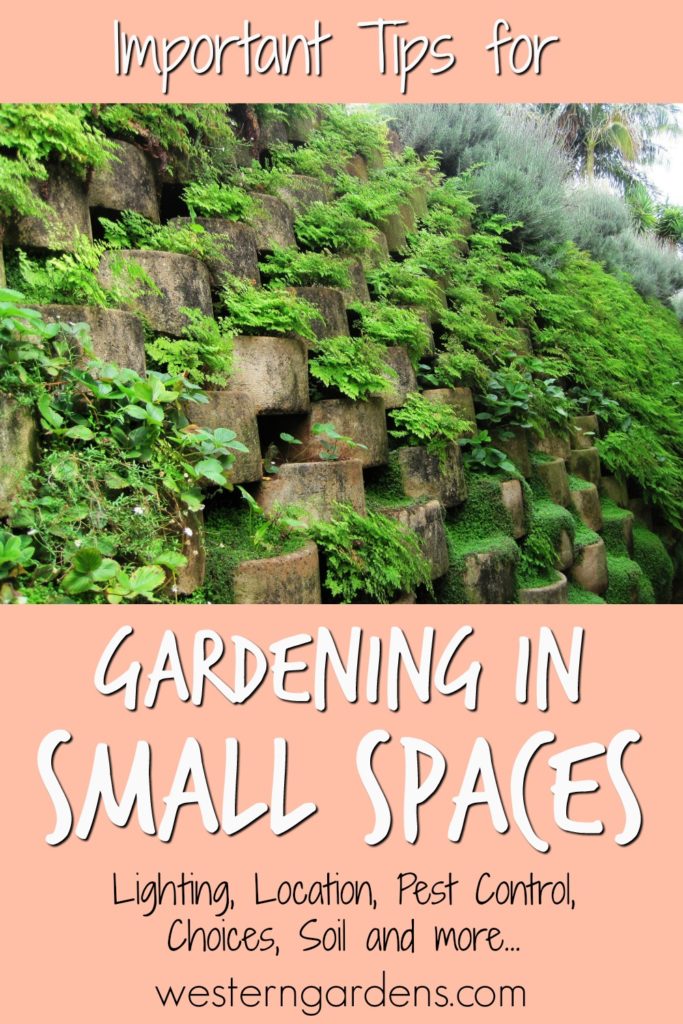
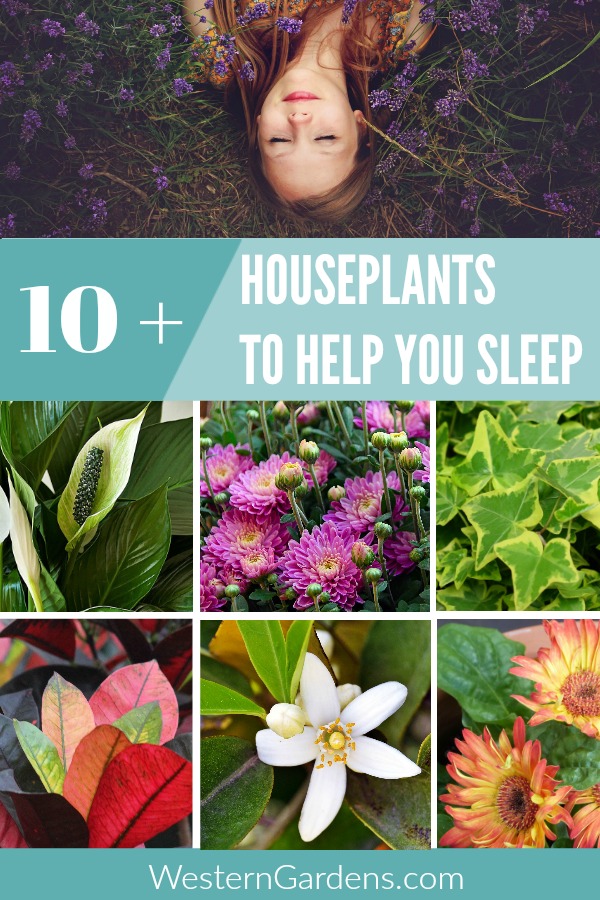
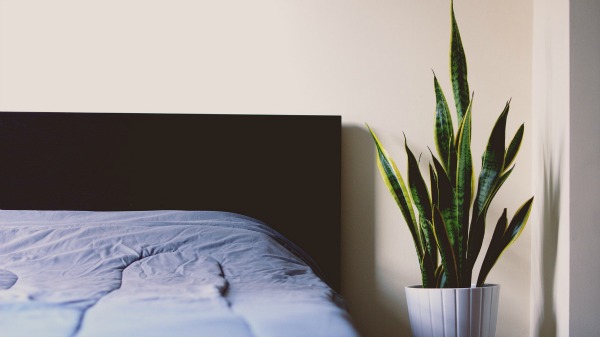
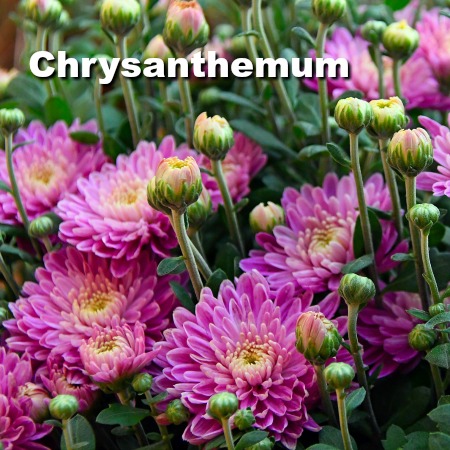
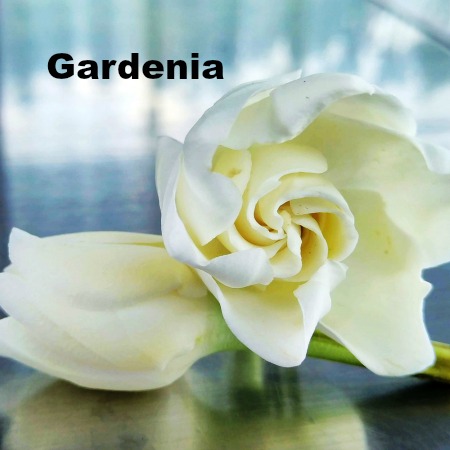
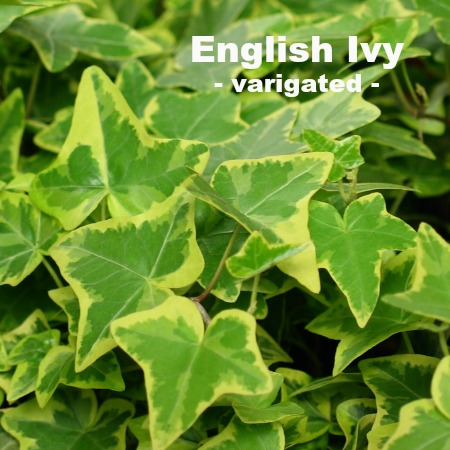

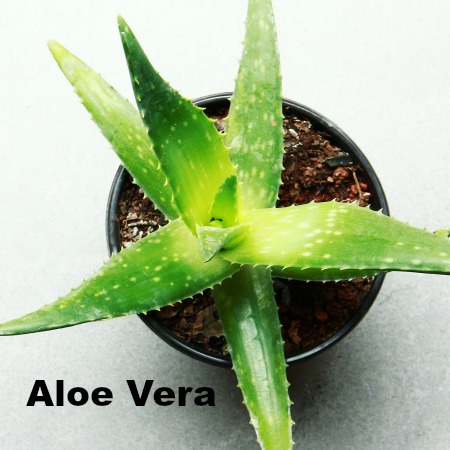
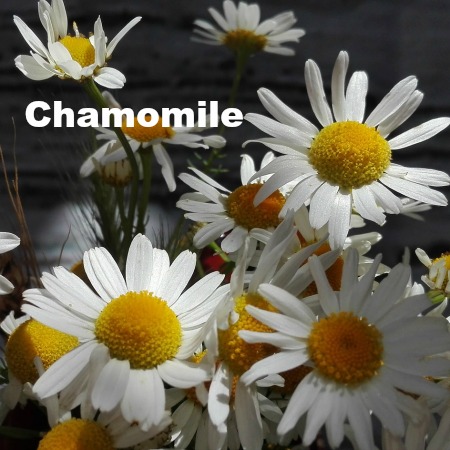
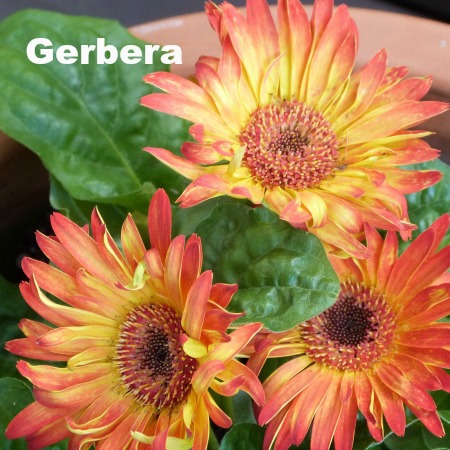
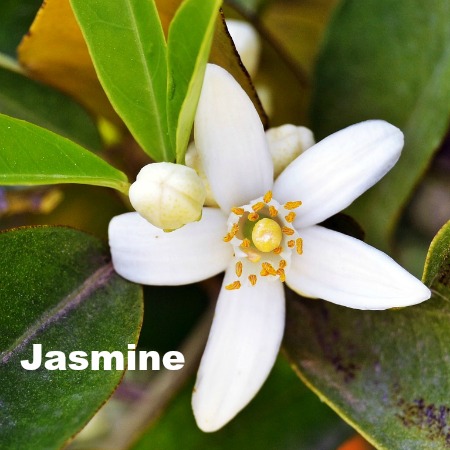
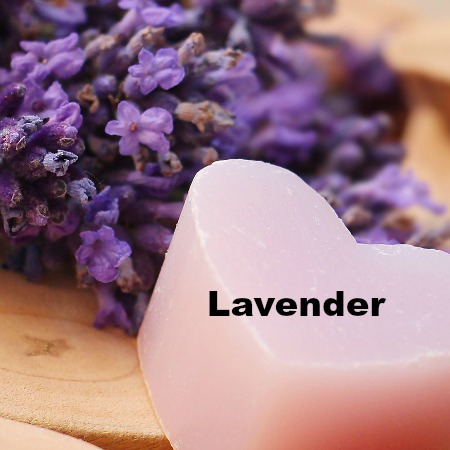
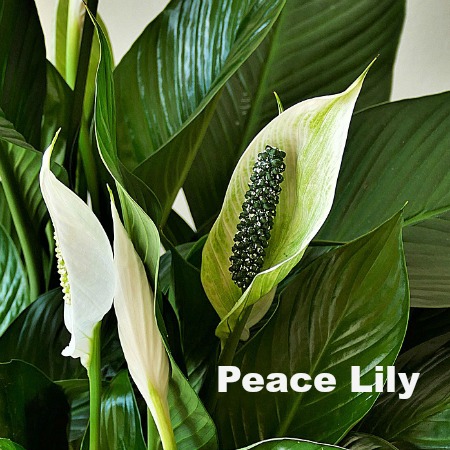
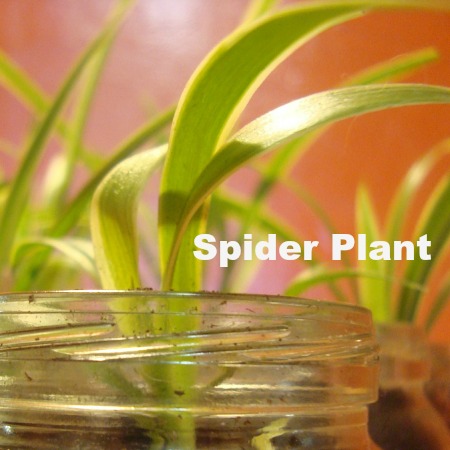
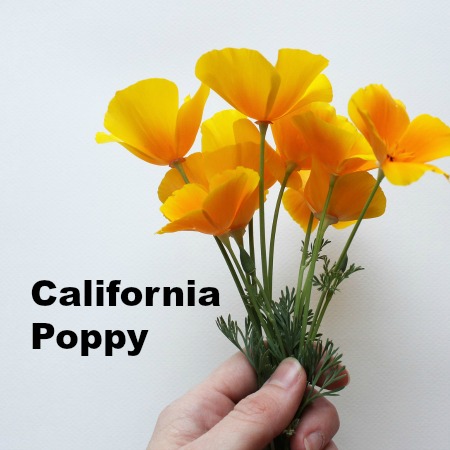
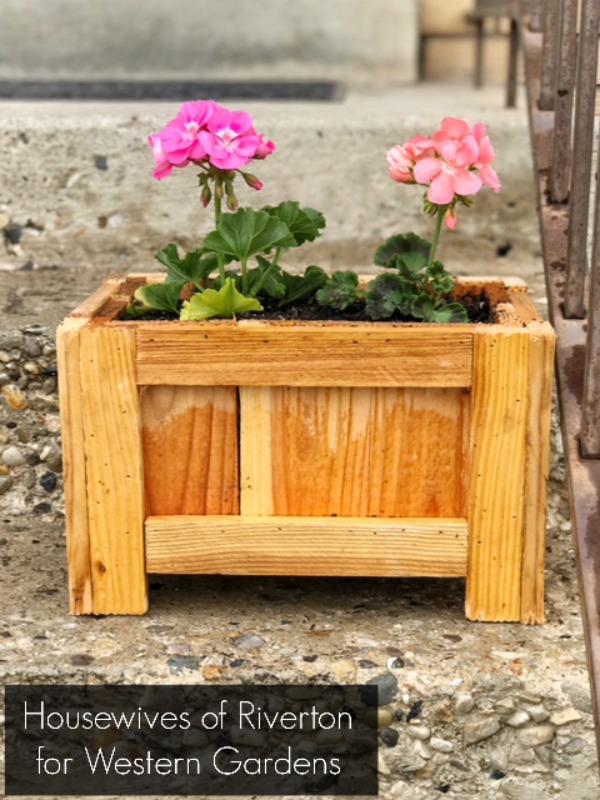 I’m pretty sure it’s a proven fact that anything is automatically cuter when it’s small. That fact holds true with this Mother’s Day Porch Planter Box. I am completely smitten with how cute it looks sitting on my steps and can’t wait to make it a couple of sisters. You’re going to love me when I tell you how easy this was to make too.
I’m pretty sure it’s a proven fact that anything is automatically cuter when it’s small. That fact holds true with this Mother’s Day Porch Planter Box. I am completely smitten with how cute it looks sitting on my steps and can’t wait to make it a couple of sisters. You’re going to love me when I tell you how easy this was to make too.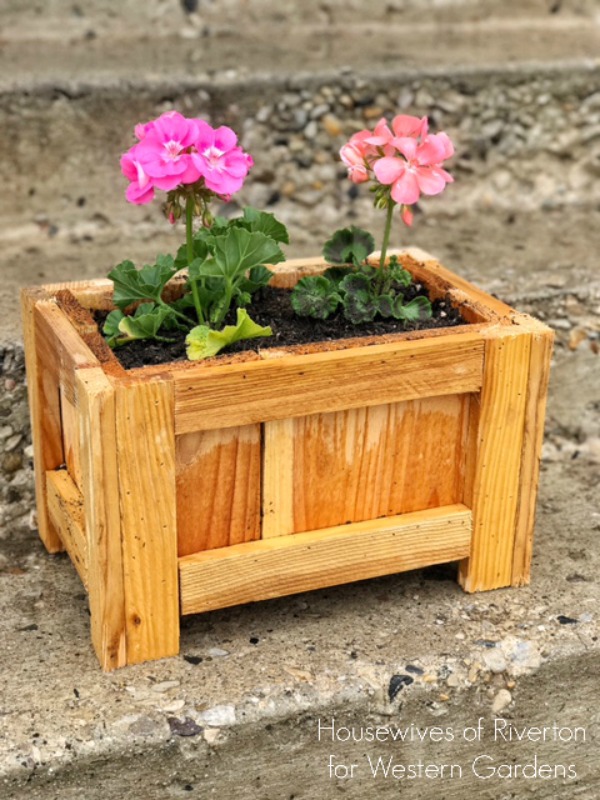 Here is a good photo of the box assembly. The fencing is less than $2 a board and the stakes we had on hand but I’m pretty sure were around a dollar each. I used just over 1 fencing board and 2 stakes for one box. I think with 4 boards and 7 stakes you could make 3 planter boxes, including nails I think you’re looking at 3 planter boxes for under $20, pretty awesome if you ask me!
Here is a good photo of the box assembly. The fencing is less than $2 a board and the stakes we had on hand but I’m pretty sure were around a dollar each. I used just over 1 fencing board and 2 stakes for one box. I think with 4 boards and 7 stakes you could make 3 planter boxes, including nails I think you’re looking at 3 planter boxes for under $20, pretty awesome if you ask me!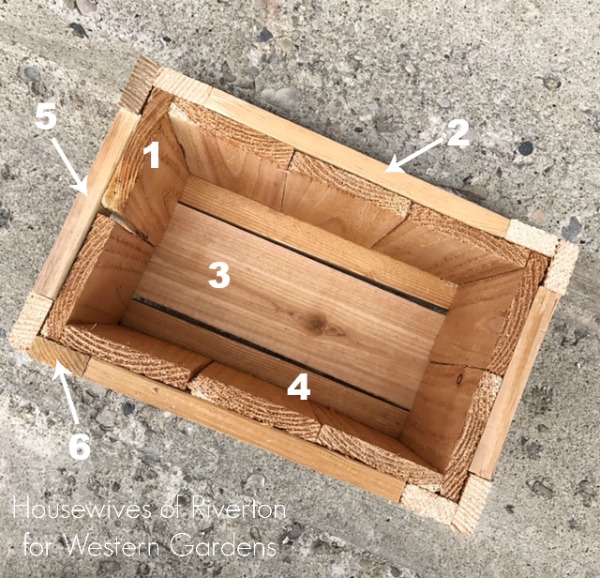 I used our miter saw to cut my pieces, if you don’t have a saw at home here is your cut list and the people at the home improvement store can cut them for you.
I used our miter saw to cut my pieces, if you don’t have a saw at home here is your cut list and the people at the home improvement store can cut them for you.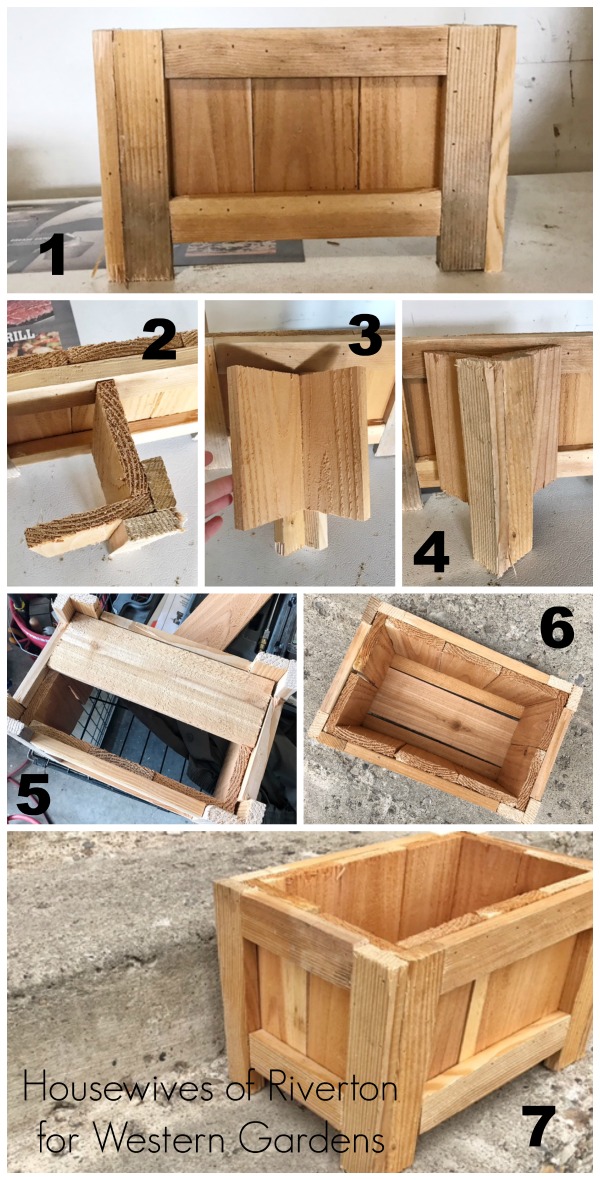
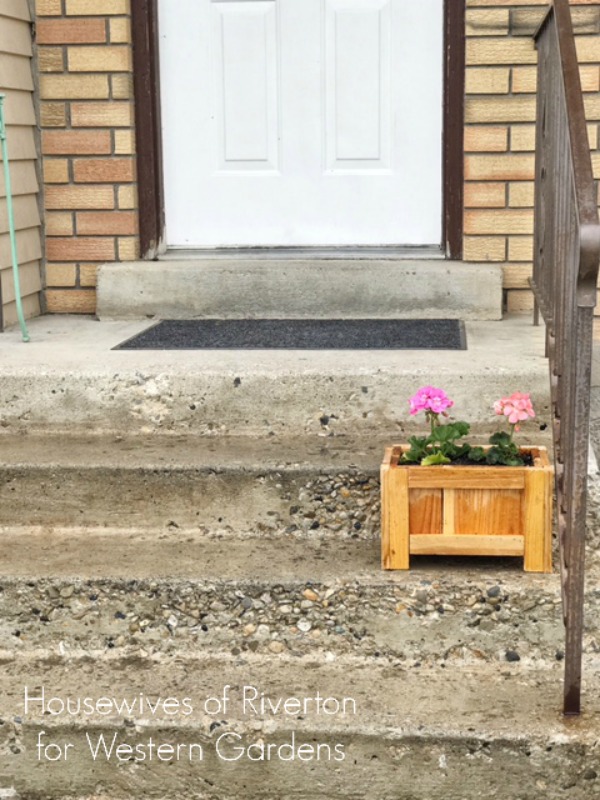 Can’t you just picture a few more of these darling little planter boxes leading all the way up the stairs. I can’t wait to get them all finished and filled with beautiful flowers from my
Can’t you just picture a few more of these darling little planter boxes leading all the way up the stairs. I can’t wait to get them all finished and filled with beautiful flowers from my 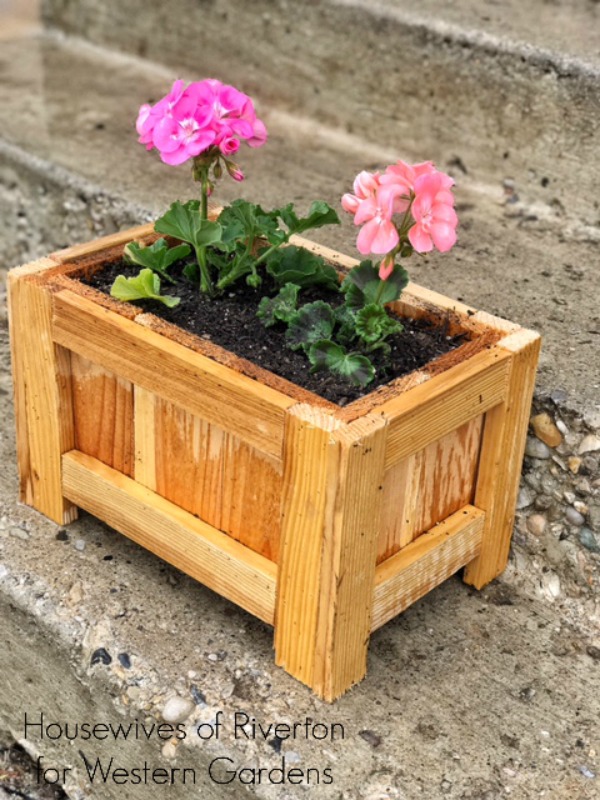
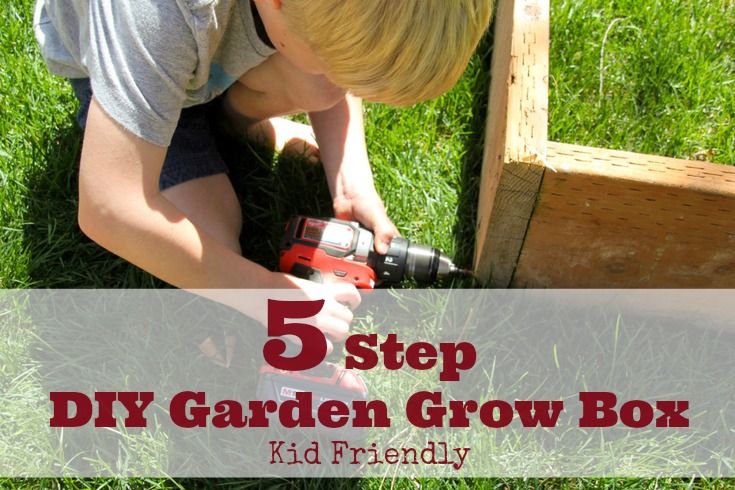
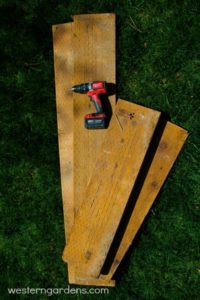
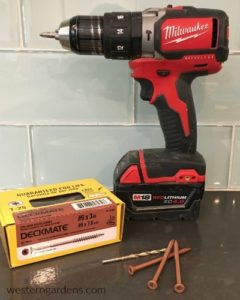



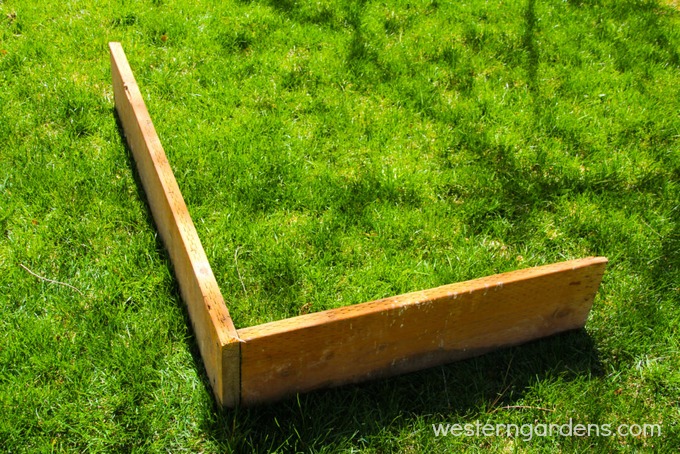
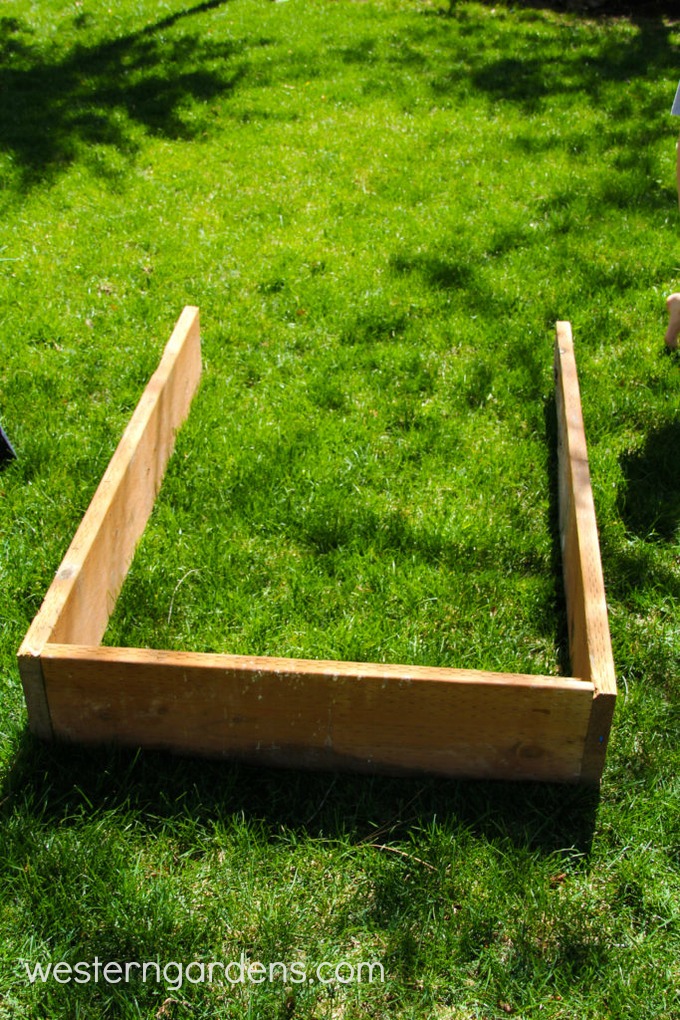
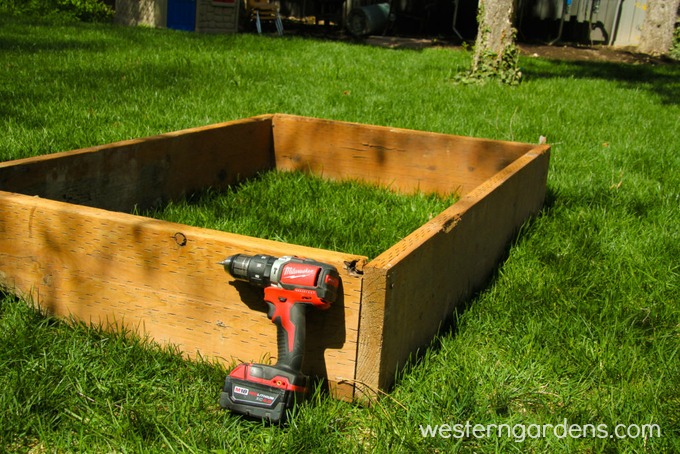
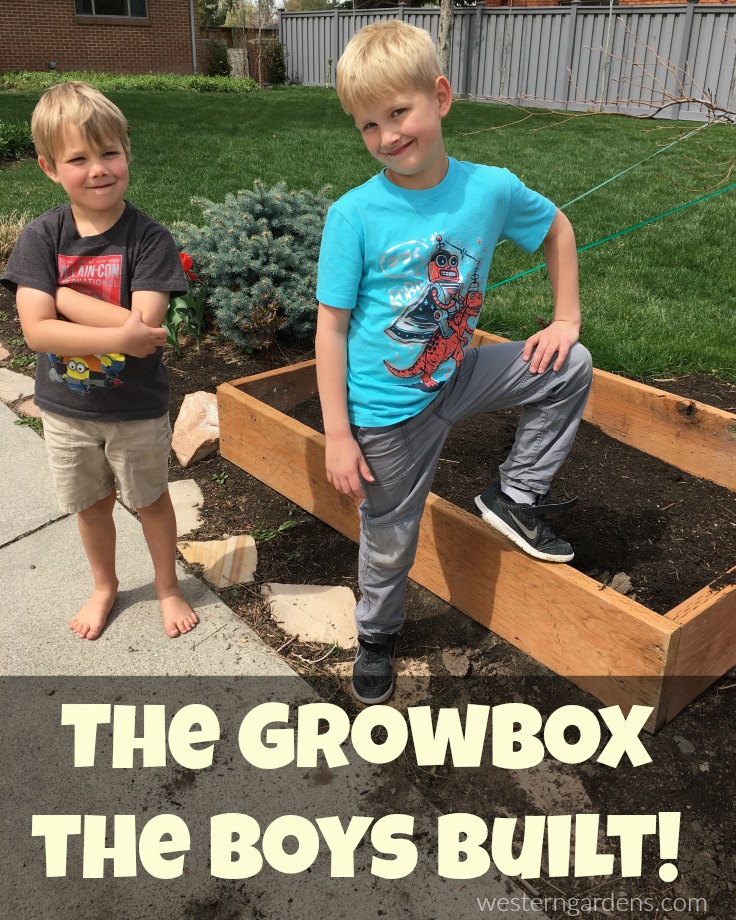
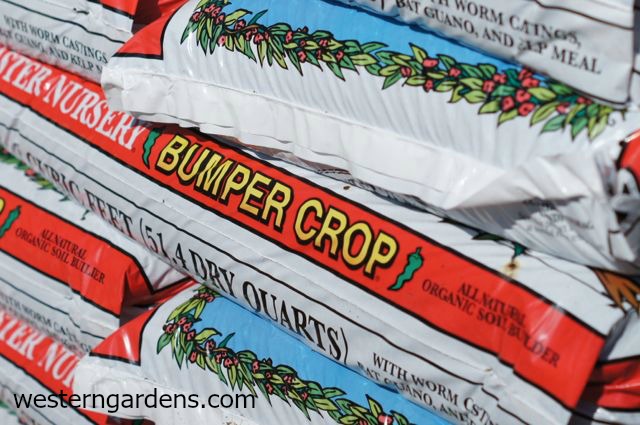
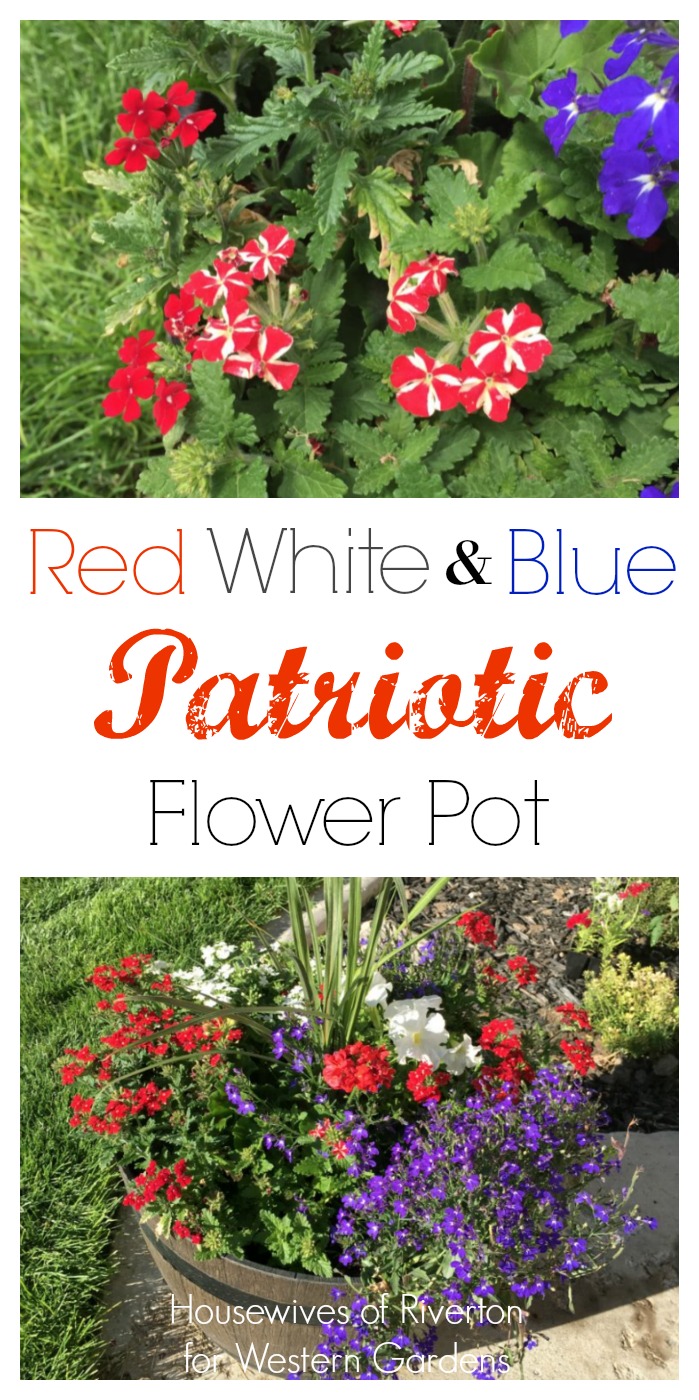
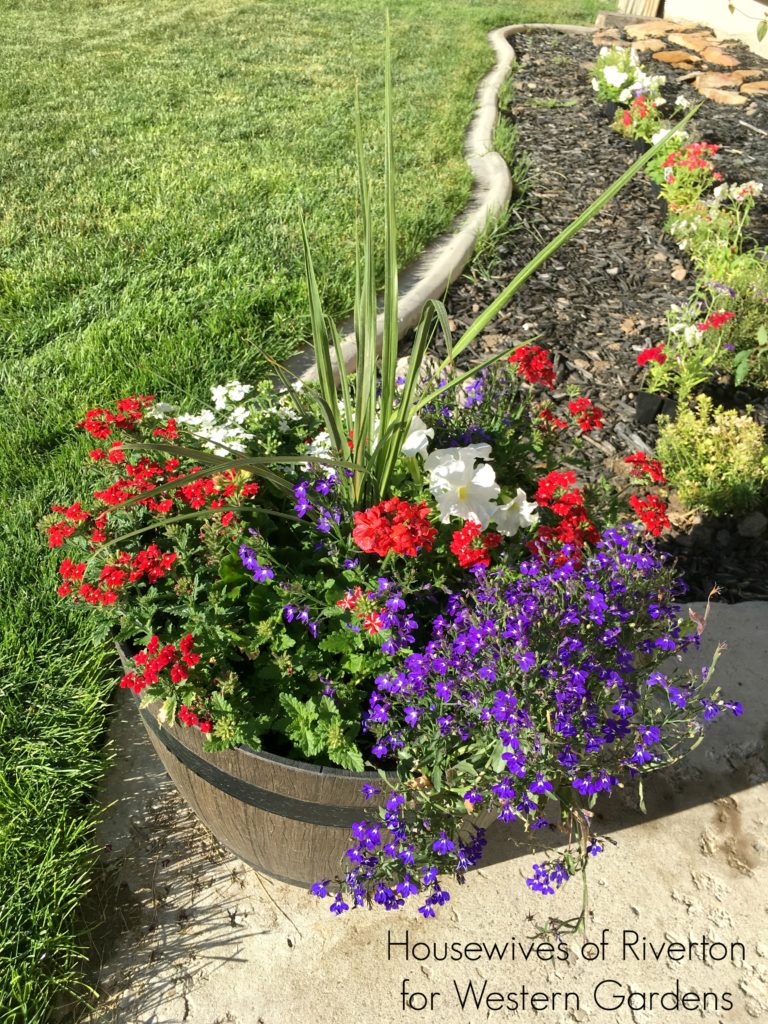 Do you love unique, patriotic outdoor decor? Especially when flowers are involved? Me too!
Do you love unique, patriotic outdoor decor? Especially when flowers are involved? Me too!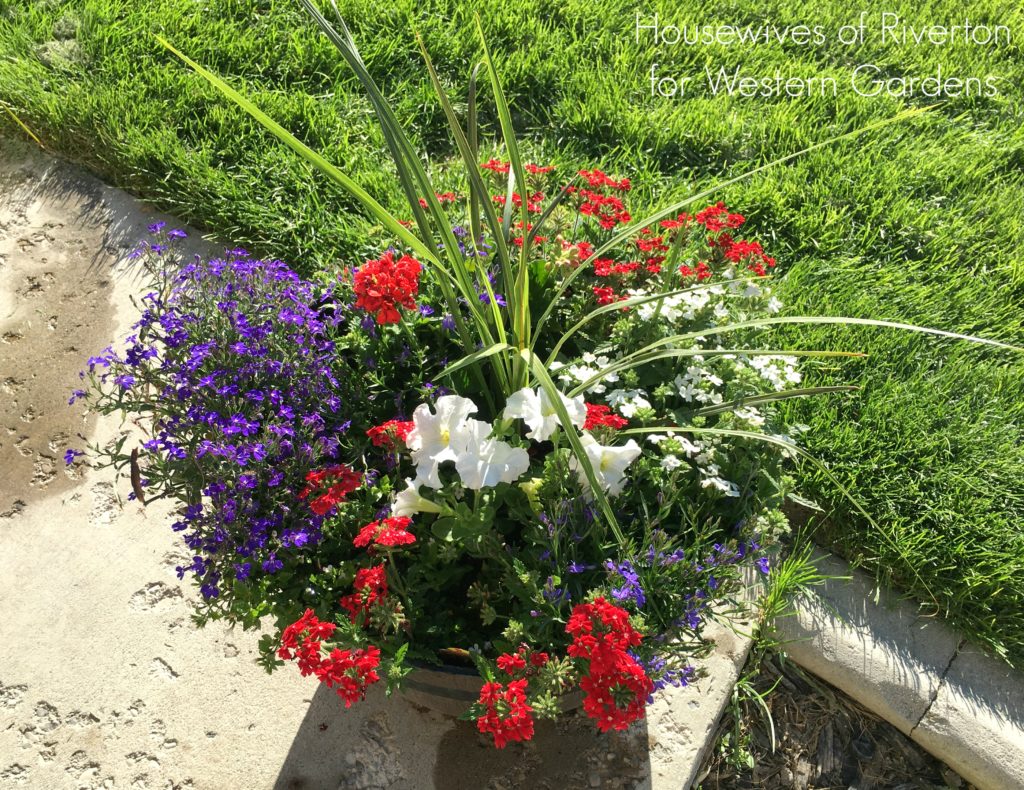 I’m so happy with how my pots are doing this year! I know that learning the proper steps from the Garden Solution Experts at
I’m so happy with how my pots are doing this year! I know that learning the proper steps from the Garden Solution Experts at 
